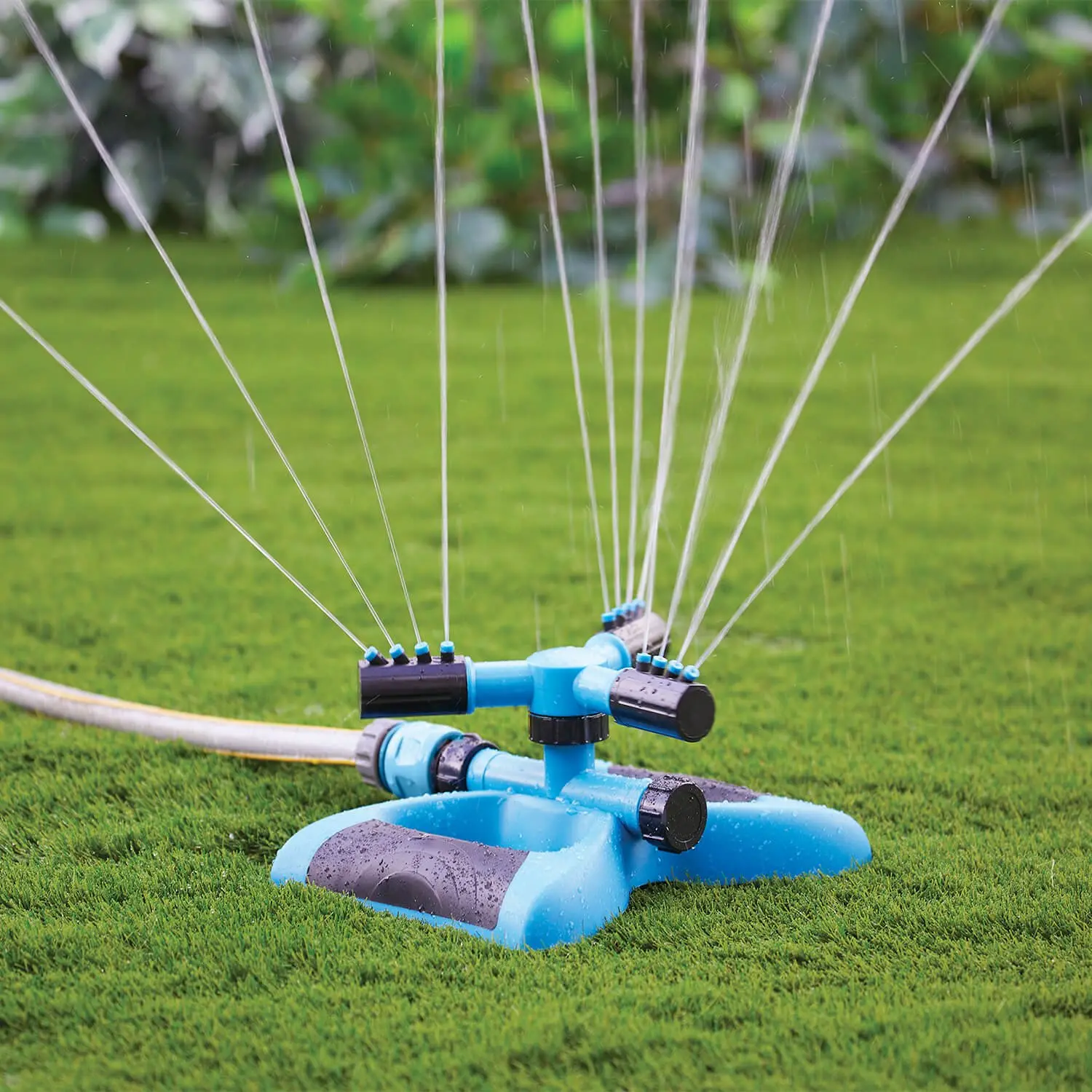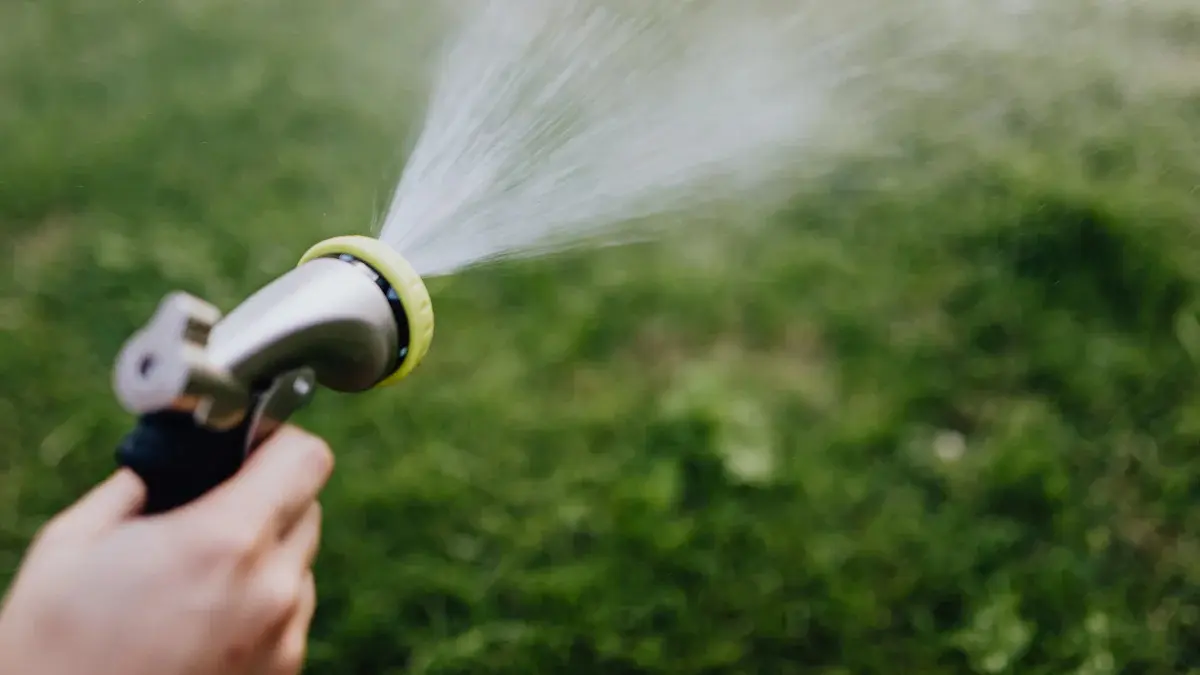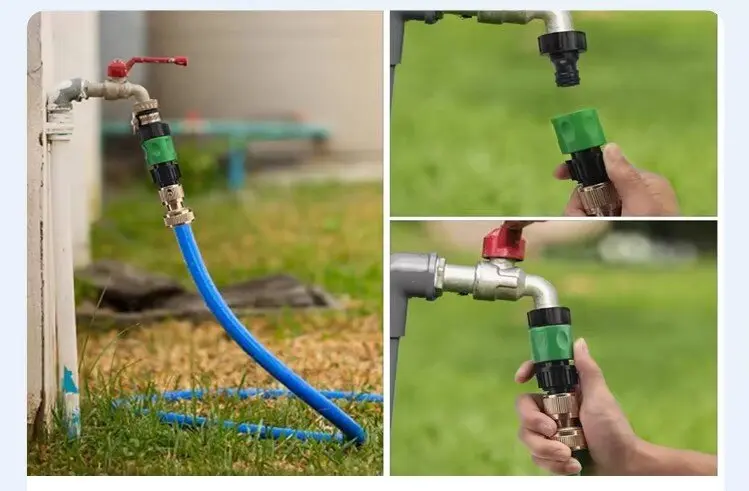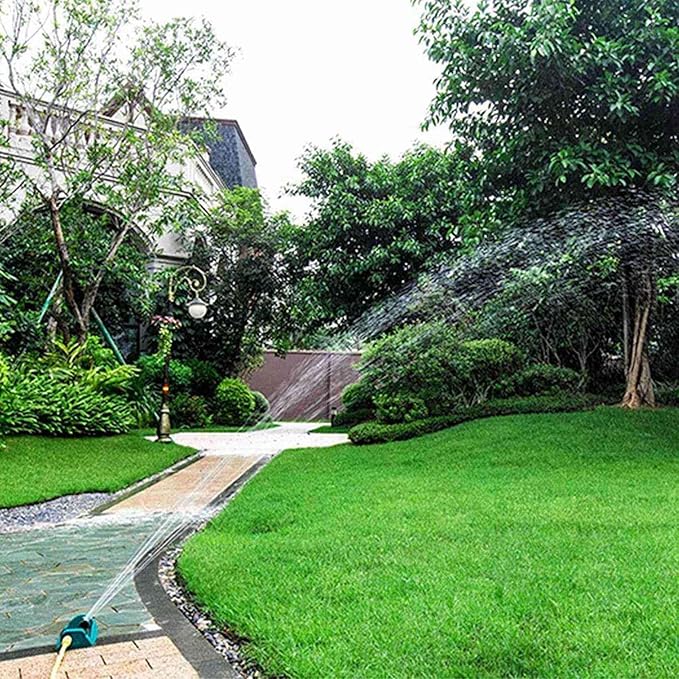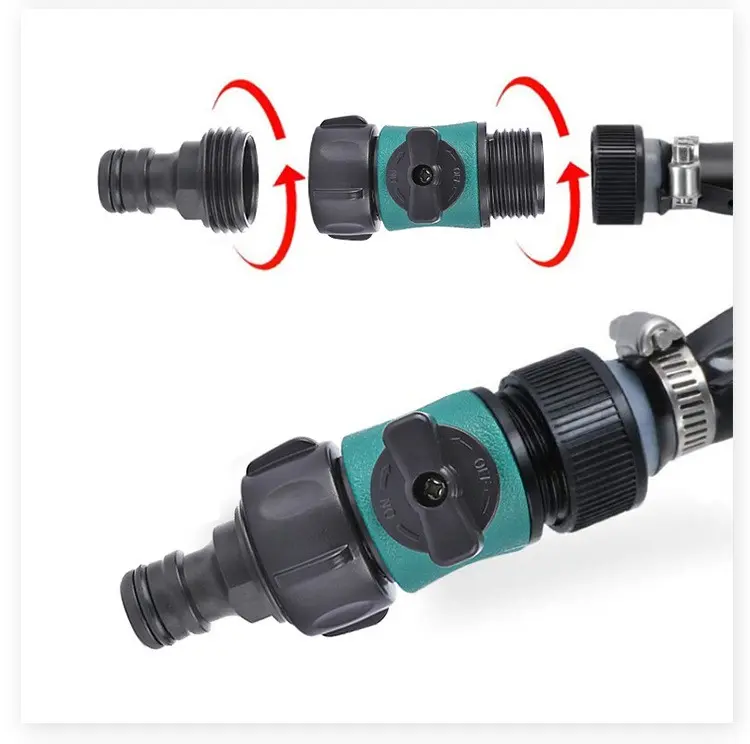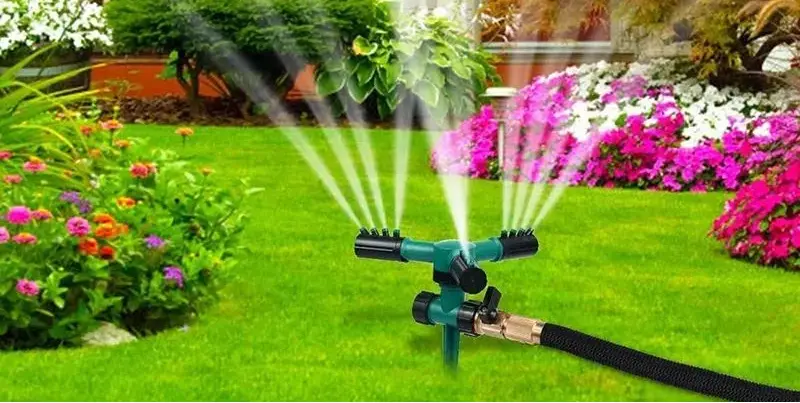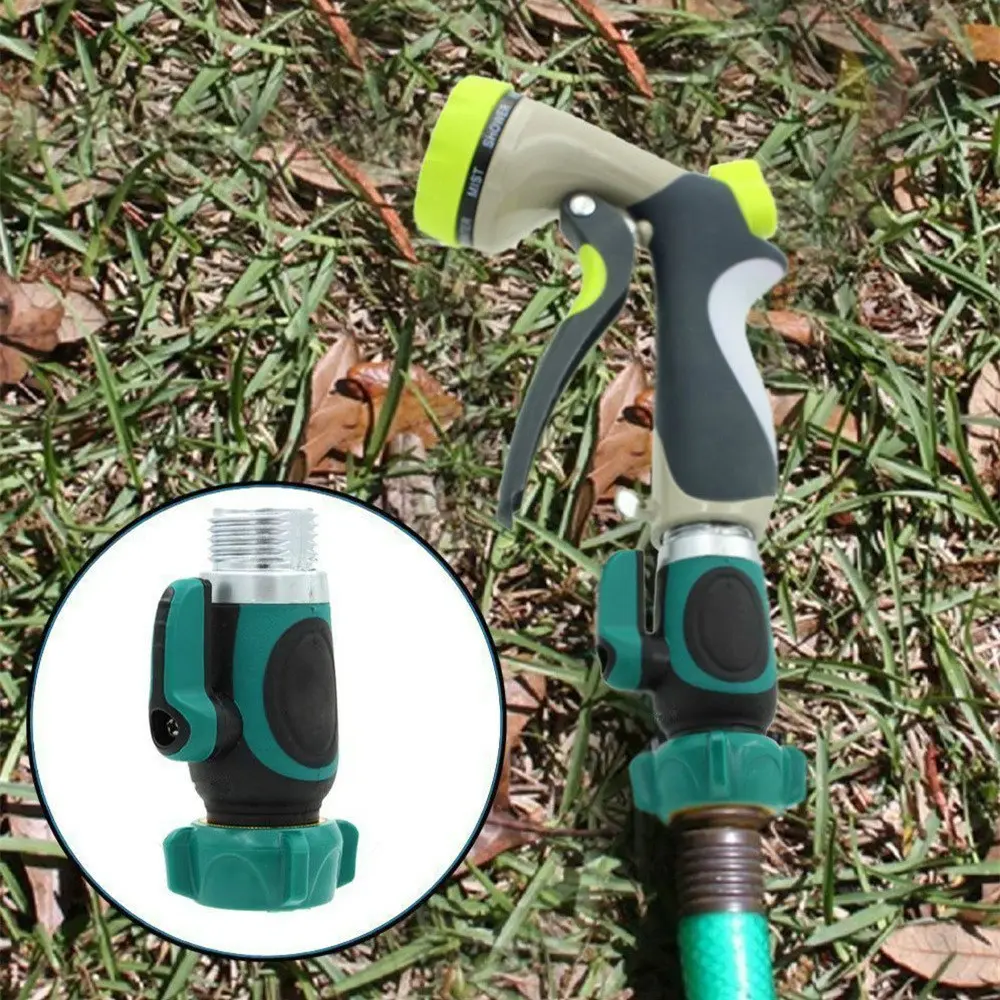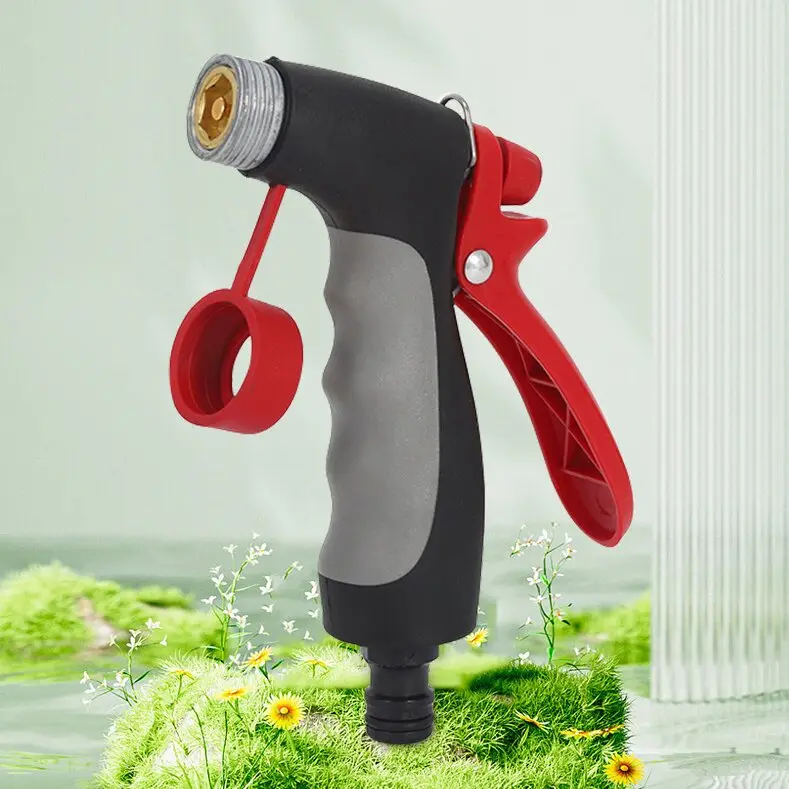Essential Lawn Watering Tips for a Greener Yard
Essential Lawn Watering Tips for a Greener Yard

Watering your lawn properly is crucial for achieving that lush, green yard you dream of. When you water your lawn correctly, you not only enhance its appearance but also boost its overall health. A well-watered lawn requires about 1 to 1½ inches of water each week. This amount ensures the soil is moistened 4-6 inches deep, promoting strong root growth. By following effective lawn watering tips, you can maintain a vibrant and resilient yard that stands out in your neighborhood.
How Much to Water
Watering your lawn correctly is essential for maintaining its health and vibrancy. Understanding how much water your lawn needs can make a significant difference in its appearance and resilience.
Ideal Water Amount
Most lawns thrive with about 1 to 1½ inches of water each week. This amount ensures that the soil is moistened to a depth of 4-6 inches, which encourages strong root growth. Different grass types have varying water requirements. For instance, warm-season grasses like bermudagrass and zoysiagrass are more water-efficient compared to cool-season grasses such as Kentucky bluegrass and ryegrass. If you have warm-season grasses, you might find that they require less frequent watering, especially during the cooler months.
To measure how much water your lawn is receiving, consider using a rain gauge. This tool helps you track both rainfall and irrigation, ensuring your lawn gets the right amount of moisture. Remember, it's better to water deeply and less frequently. This practice encourages roots to grow deeper, making your lawn more drought-resistant.
Signs of Underwatering
Recognizing the signs of underwatering can help you adjust your watering schedule before your lawn suffers damage. One of the first indicators is a change in grass color. If your grass turns a dull, bluish-gray, it likely needs water. Another sign is footprints that remain visible on the lawn. When grass blades lack moisture, they lose their ability to spring back after being stepped on.
Additionally, if you notice dry patches or areas where the grass seems thinner, these could be signs of insufficient watering. Ensuring even water distribution across your lawn can prevent these issues. Adjust your watering practices based on the specific needs of your grass type and the current weather conditions. By following these lawn watering tips, you can maintain a lush and healthy yard.
When to Water
Knowing when to water your lawn can make a big difference in its health and appearance. Timing plays a crucial role in ensuring your grass gets the most out of every drop of water.
Best Times of Day
The best time to water your lawn is early in the morning, ideally between 6 and 8 a.m. This timing helps reduce water loss due to evaporation, which is more prevalent during the hotter parts of the day. Watering in the morning also allows the grass blades to dry before evening, reducing the risk of fungal diseases. According to experts, watering during midday or windy conditions should be avoided as it leads to inefficient water use and potential turfgrass diseases.
Seasonal Adjustments
Your lawn's watering needs change with the seasons. During the hot summer months, you might need to water more frequently to keep your grass healthy. However, in cooler months, less frequent watering is usually sufficient. Adjust your watering schedule based on the weather conditions. For instance, if you experience a rainy week, you can skip a watering session. On the other hand, during a heatwave, you might need to increase the frequency. By paying attention to these seasonal changes, you can ensure your lawn remains lush and vibrant throughout the year.
How to Water
Watering your lawn effectively involves using the right techniques and tools. By doing so, you ensure that your lawn receives the optimal amount of water without wastage. Let's dive into some practical Lawn Watering Tips to help you achieve a greener yard.
Techniques and Tools
-
Sprinkler Systems: A well-planned sprinkler system can make watering your lawn a breeze. Ensure your system covers the entire lawn evenly. Consider installing a sprinkler system with a rain sensor. This feature automatically adjusts the watering schedule based on rainfall, preventing over-watering.
-
Drip Irrigation: For targeted watering, a drip irrigation system is ideal. It delivers water directly to the soil, minimizing evaporation and ensuring that the roots get the moisture they need.
-
Soaker Hoses: These hoses are perfect for problem areas in your lawn. They release water slowly and evenly, which is great for deep watering.
-
Water Measurement Tools: Use tools like a rain gauge or straight-sided containers to measure how much water your lawn receives. This helps you adjust your watering schedule to avoid under or over-watering.
-
Smart Irrigation Controllers: These devices can automate your watering schedule based on weather conditions and soil moisture levels. They help conserve water and ensure your lawn gets just the right amount.
Manual Watering Tips
If you prefer manual watering, here are some tips to make the process more efficient:
-
Water Deeply: Instead of frequent shallow watering, aim for deep watering sessions. This encourages roots to grow deeper, making your lawn more drought-resistant.
-
Use a Hose Nozzle / garden Automatic rotary sprinkler/ spray nozzle gun: Attach usefull sprinkler to your hose to control the water flow. This allows you to target specific areas and avoid wasting water, which will make your watering work easier and happier.
-
Check for Even Coverage: Move the hose around to ensure all parts of your lawn receive water. Pay special attention to corners and edges, which are often missed.
-
Monitor Weather Conditions: Adjust your watering schedule based on the weather. Skip watering after a heavy rain and increase it during dry spells.
By following these Lawn Watering Tips, you can maintain a healthy and vibrant lawn. Whether you use automated systems or prefer manual methods, the key is to water wisely and efficiently.
Water Conservation Tips
Conserving water while maintaining a lush lawn is not only environmentally friendly but also cost-effective. By adopting smart Lawn Watering Tips, you can ensure your yard stays green without wasting precious resources.
Using Rainwater
Rainwater is a free and natural resource that you can harness to keep your lawn healthy. Installing a rain barrel is a simple way to collect rainwater from your roof. This water can then be used to irrigate your lawn during dry spells. By using rainwater, you reduce your reliance on municipal water supplies and save money on your water bill. Plus, rainwater is free of the chemicals often found in tap water, making it a healthier option for your grass.
Drought-Tolerant Grasses
Choosing the right type of grass can significantly impact your lawn's water needs. Drought-tolerant grasses, such as buffalo grass or fescue, require less water to thrive. These grasses have deep root systems that allow them to access moisture from deeper soil layers, making them more resilient during dry periods. By planting drought-tolerant varieties, you can reduce the frequency of watering and still maintain a vibrant lawn.
Employing Mulch
Mulch is a fantastic tool for conserving water in your lawn. By spreading a layer of mulch around your plants and garden beds, you help retain soil moisture and reduce evaporation. Mulch also suppresses weeds, which compete with your grass for water. Organic mulches, like wood chips or straw, gradually decompose and enrich the soil, further enhancing your lawn's health. Incorporating mulch into your lawn care routine is a simple yet effective way to conserve water and promote a greener yard.
By implementing these water conservation strategies, you can enjoy a beautiful lawn while being mindful of the environment. Remember, every drop counts, and with these tips, you can make a positive impact.
You've now got a solid grasp of essential Lawn Watering Tips to keep your yard lush and vibrant. By watering deeply and infrequently, you encourage strong root growth and drought resistance. Timing your watering sessions for early mornings helps your grass absorb moisture effectively, reducing the risk of disease. Implementing these strategies not only enhances your lawn's appearance but also promotes long-term sustainability. Remember, a well-watered lawn is a healthier lawn. So, take these tips to heart and watch your yard thrive with every season.
See Also
Tips for Properly Caring for Your Sprinkler System
The Garden Watering Gun: Your Essential Gardening Tool
Smart Automatic Sprinklers: Hands-Free Watering Solutions




